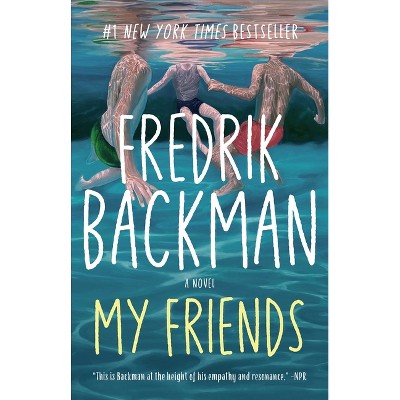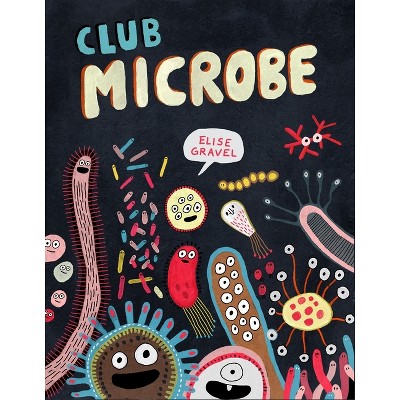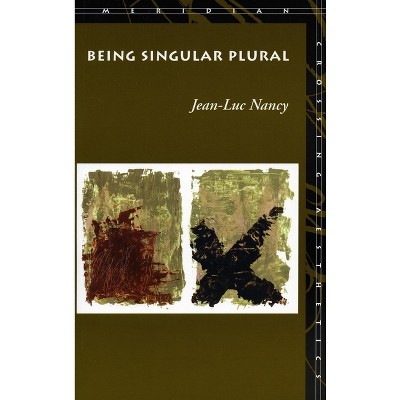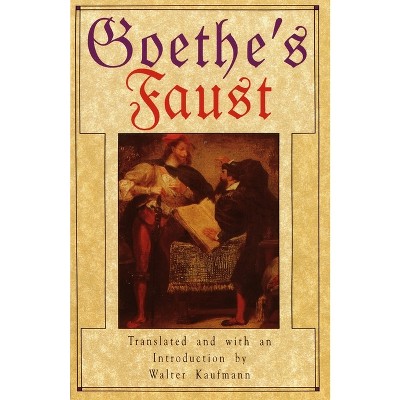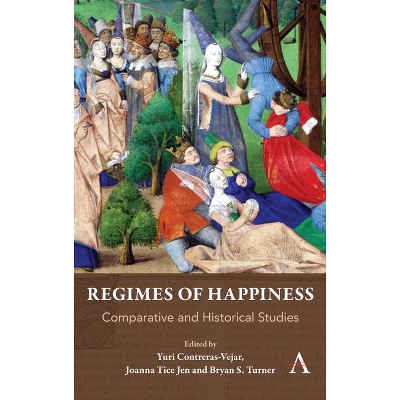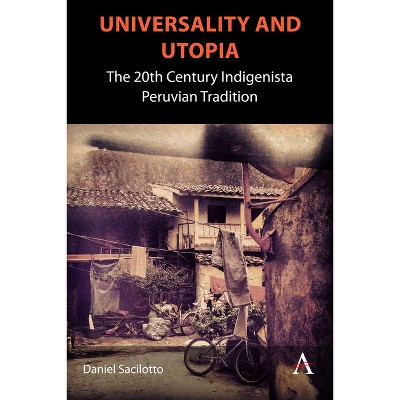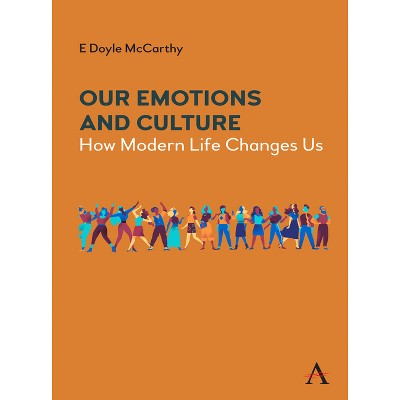Sponsored

The Ecstasy of Reproduction - by Alberto Castelli (Hardcover)
Pre-order
Sponsored
About this item
Highlights
- Argues that we are still firmly within postmodernity, not beyond it, and that contemporary culture is defined less by creation than by reproduction--an age where originality has vanished, history is dissolving, and hyperreality feels more real than reality itself The Ecstasy of Reproduction strives to address the crucial questions of our era--inevitable questions that require perspective and objectivity, but questions that seem invisible.
- About the Author: Alberto Castelli is a well-established writer and a humanities professor at Hainan University.
- 200 Pages
- Literary Criticism, General
Description
About the Book
The Ecstasy of Reproduction is a piercing analysis of contemporaneity which the author still terms postmodernity. Aesthetics and critical theory are at stake to define concepts such as the end of art, kitsch, simulacra, reproduction, and the commodification of living forms..
Book Synopsis
Argues that we are still firmly within postmodernity, not beyond it, and that contemporary culture is defined less by creation than by reproduction--an age where originality has vanished, history is dissolving, and hyperreality feels more real than reality itself
The Ecstasy of Reproduction strives to address the crucial questions of our era--inevitable questions that require perspective and objectivity, but questions that seem invisible. The author explains contemporaneity, a contemporaneity that he still terms postmodernity. This is because, regardless of what a few scholars assert, no other working definition has proved to be a more accurate replacement. We are at least a century away from its ending. And when the end will come, it will not be a transition but an implosion. If we keep silent, we can hear the explosion already. Now we must wait for the shockwave. The book opens with postmodernity (Chapter 1) and closes with postmodernity (Chapter 8). It ends, however, with a Post Scriptum: it was meant to be a speech for a conference, it became the screenshot of the century. In between is a description of its aesthetic and behavioral expressions in the past decades (Chapter 4). The author reasons about the end of beauty (Chapter 5), terms contemporaneity Kitsch (Chapter 3), and concludes that Kitsch is the end of art (Chapter 2). He questions the possibility of creation, culture, the author, and the artist (Chapters 6 and 7). Ca va sans dire originality is a thing of the past. The one of the present age is not an exercise of plagiarism, it is simply that to create is to reproduce. The author writes this text with immense intellectual responsibility and feels that history is a vanishing process. If the artificiality of hyperreality is more real than reality, then it is difficult to believe that science is progress. Even more when a mass of anonymous consumers dances in unison before a hologram.
The author is well aware that some of his readers may accuse him of catastrophism. Showing only the dark side of human nature and a world dominated by self-gratification is to show only one aspect of reality. His picture surely omits human potential for creation. Yet, he is content to suggest that postmodernity is itself a villain. And, of course, as someone else said, life begins on the other side of despair.
About the Author
Alberto Castelli is a well-established writer and a humanities professor at Hainan University. He is known for his extensive work on modernism, postmodern dynamics, and cross-cultural studies. He authored 13 academic books and some 60 manuscripts for academic outlets. At the moment, he lives in China.
Shipping details
Return details
Frequently bought together

Trending Book Pre-Orders




